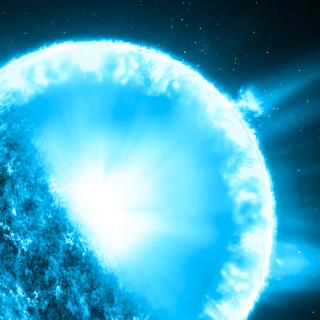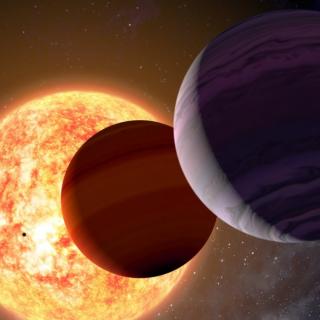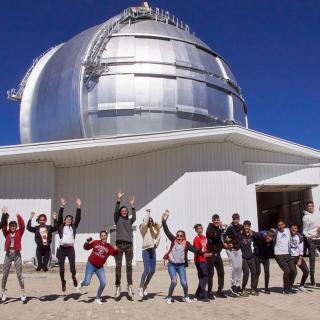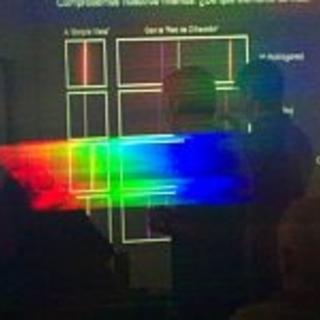Mercator Telescope


The Mercator Telescope is a 1.2 m semi-robotic telescope located at the Roque de los Muchachos Observatory on La Palma Island (Canary Islands, Spain). It is operated by the staff of the Institute of Astronomy, University of Leuven (Belgium).
The telescope's name comes from the famous Flemish cartographer Gerardus Mercator (1512-1594), who studied and taught at the University of Leuven before moving to Duisburg (Germany).
The Mercator Telescope has a flexible operational scheme, which allows to optimize detailed monitoring campaigns on very different timescales. Moreover, thanks to our two world-class modern instruments HERMES and MAIA, the Mercator telescope provides high-quality data very complementary to what large international large ground-based facilities or satellites can provide. Our efficient high-resolution optical spectrograph HERMES is our workhorse instrument. The three-armed MAIA camera is equipped with large, frame-transfer CCDs and is optimised for more specific rapid variability studies.
The main science drivers of the research performed on the basis of Mercator data are related to a wide range of variable phenomena with a clear focus on stellar astrophysics. In here we list the publications based on data obtained at Mercator.
By studying the intricate variability pattern some stars exhibit, one can derive their internal structure in much the same way geophysicists unravel the internal structure of the earth from earthquake observations. Such asteroseismic studies for stars require many observations suitably spread in time. The results have profound implications on our understanding of stellar structure and evolution.
The impact of binarity on the evolution of stars is an important yet poorly understood domain of stellar astrophysics. The interactions between the loosely-bound envelopes and the gravitational pull of its companion result in a diverse zoo of peculiar objects. Binarity is not only responsible for spectacular objects such as supernovae type Ia, sub-luminous supernovae, gravitational wave sources and novae explosions but also for less energetic systems like sub-dwarf B stars, barium stars, etc. The explosions eject chemical elements like iron into the Universe that later are the basis of the formation of planets. Furthermore, binary interaction processes also influence the shaping of planetary nebulae (PNe). Therefore, binary interaction physics plays a fundamental role in understanding stellar evolution and the chemical evolution of the Universe. Our Mercator programmes contribute to solving these puzzels.



